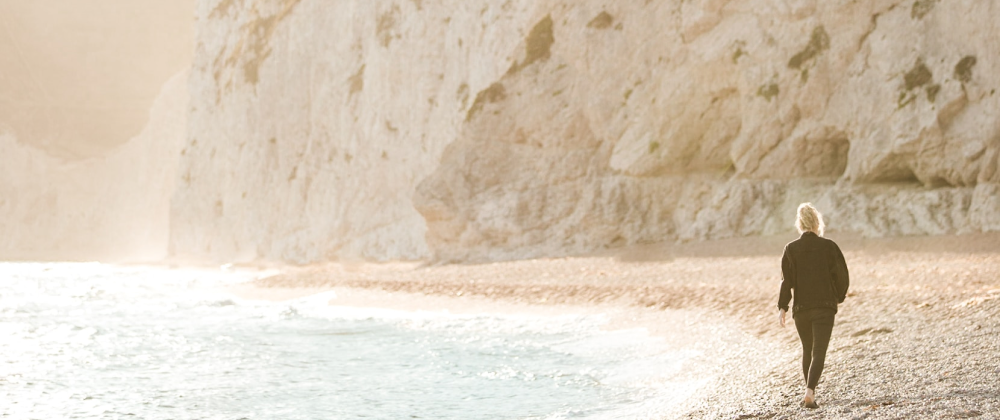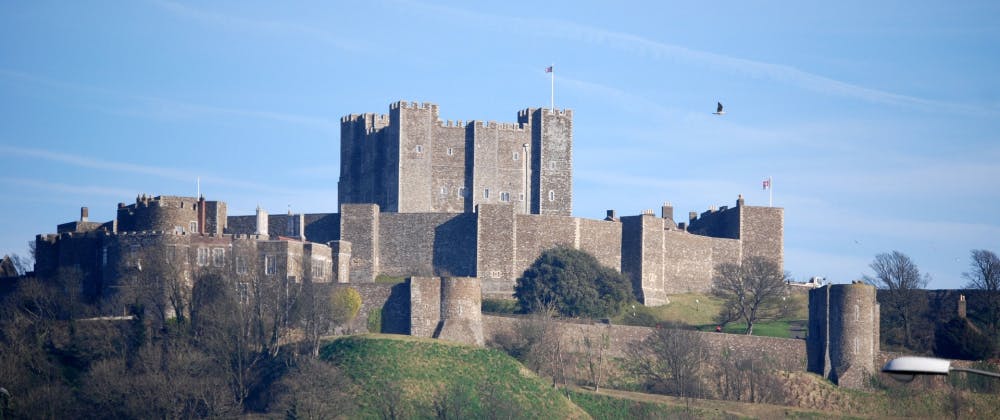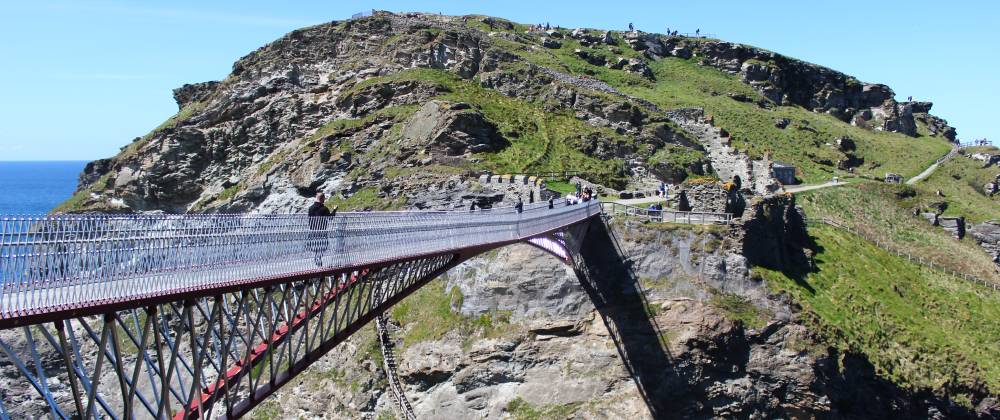
The best heritage attractions in the UK
You don't need to leave the country to find the best attractions. Here's a list of some of the best heritage destinations right here in the UK.
Tower of London

The Tower of London was founded by William the Conqueror towards the end of 1066 and has since been a palace, a fortress and even a prison.
First there's the White Tower, which is arguably the world's most famous castle keep. Here you'll find the 350-year-old Line of Kings exhibition, displaying historic royal armour from the likes of Henry VIII, Charles I and James II. Also worth a visit is the stunning 11th-century Romanesque Chapel of St John the Evangelist, fit with beautiful stained glass windows and pillars constructed with Caen stone which are sure to leave you awestruck.
Elsewhere you'll find exhibitions about its history as a prison, locking up famous fugitives from Guy Fawkes and Elizabeth I to the Kray twins, the polar bears, kangaroos and other exotic animals that kings and queens used to keep as symbols of power, the iconic Beefeaters guarding the tower and of course the ravens. No one knows when the ravens came to the Tower of London, but legend has it that the White Tower will fall if the ravens ever leave, so looking after them is a big task for the Ravenmaster.
The Royal Mile and Edinburgh Castle

Edinburgh Castle is one of the oldest fortifications in Europe, with the original fortress dating all the way back to the Iron Age. Little of that original hill fort remains but the castle has been there in some form ever since.
It's been home to the kings and queens of Scotland, a prison of war, and even a military hospital. And it houses the Scottish crown jewels, or Honours of Scotland, which are the oldest crown jewels in Britain. You can also see the Stone of Destiny, traditionally used in the coronation ceremonies of the Scottish monarchs, and later those of the monarchs of the UK – including for Queen Elizabeth II in 1953.
The castle is also famously perched upon an extinct volcano, or rather a volcanic plug, giving it a dramatic and iconic appearance looming over the skyline of the city.
The Royal Mile runs through the heart of the Old Town and links Edinburgh Castle with Holyrood Palace – the king's official residence in Scotland. It's made up of the four streets that run almost exactly one mile between these two royal locations.
As you probably guessed, it's filled with historical attractions and buildings, including the 19th-century tenements that tower over it, which were built after the original buildings burnt down in the Great Fire of Edinburgh. See the 14th-century St Giles' Cathedral and contrast it with the more modern Scottish Parliament building.
While you're here you can also visit the Grassmarket, which began life as a medieval marketplace where public executions would also take place. These days you won't be able to catch a beheading, but you can pay a visit to the fashion boutiques and old pubs, some of which were visited by historical figures like Robert Burns.
Edinburgh travel guide
With the Holiday Extras travel guide you'll know how to make the most of your time in this fascinating, historic city.
Dorset’s Jurassic Coast

Cue the Jurassic Park theme song. Now you have that stuck in your head – you’re welcome.
This 95-mile stretch of protected coastline spans the distance from Exmouth in East Devon all the way to Studland Bay in Dorset. The best base to explore from would probably be Lyme Regis – a charming and historic little seaside town which was once home to Mary Anning. She famously discovered an ichthyosaur skeleton at just 12 years old and would go on to be one of the most influential and pioneering figures in palaeontology.
Take a walk along the beach and see if you can find any fossils among the shingle or just admire the cliffs and rocks, all shaped by 185 million years of geological history.
Dover Castle

What makes Dover Castle particularly unique is the many different flavours of history that you can sample there – from the ancient Roman lighthouse to the medieval tower, wartime tunnels and even a Cold War bunker. It’s a fascinating cross-section of English history.
The main keep was founded by William the Conqueror about 900 years ago as part of his efforts to consolidate his claim over England after the Battle of Hastings. Actors are often in character as historical figures that lived in the castle – when you visit the keep you might find yourself face to face with Queen Eleanor of Aquitaine and her estranged husband Henry II (he was livid after she rebelled against him with their son). Or perhaps there’ll be an actual jousting tournament happening.
You can also visit the Secret Wartime Tunnels, which house a World War I command post, a hospital, and an underground headquarters that was an integral part of several World War II campaigns, including the evacuation of Dunkirk and the D-Day landings.
Tintagel Castle

This dramatic ruin clings to the top of a set of rugged cliffs on Cornwall’s north coast. It’s built in two sections, one on the mainland and one on an island that can only be reached by crossing a very high, very impressive foot bridge. It was an important site between the 5th and 7th centuries for trade with the Mediterranean. Though it wasn’t until a few hundred years later that the site gained legendary status thanks to its associations with King Arthur.
According to some tellings of the famous story, Tintagel was where King Arthur was conceived and this famous link is actually what led to the castle being built in the first place. Its location had no real strategic value. Despite this it was home to many Cornish rulers throughout its history.
Visiting it today is a perfect way to explore the Cornish coast as you can scale the cliffs down to the beach, explore the rock pools and caves, or just admire the eye-catching facade of the castle ruins against the horizon.
Let's take the hassle out of your holiday.
Sign up to our mailing list for travel tips and articles plus exclusive money-saving offers on your holiday extras!
No need to worry about your data, we take your privacy seriously.










